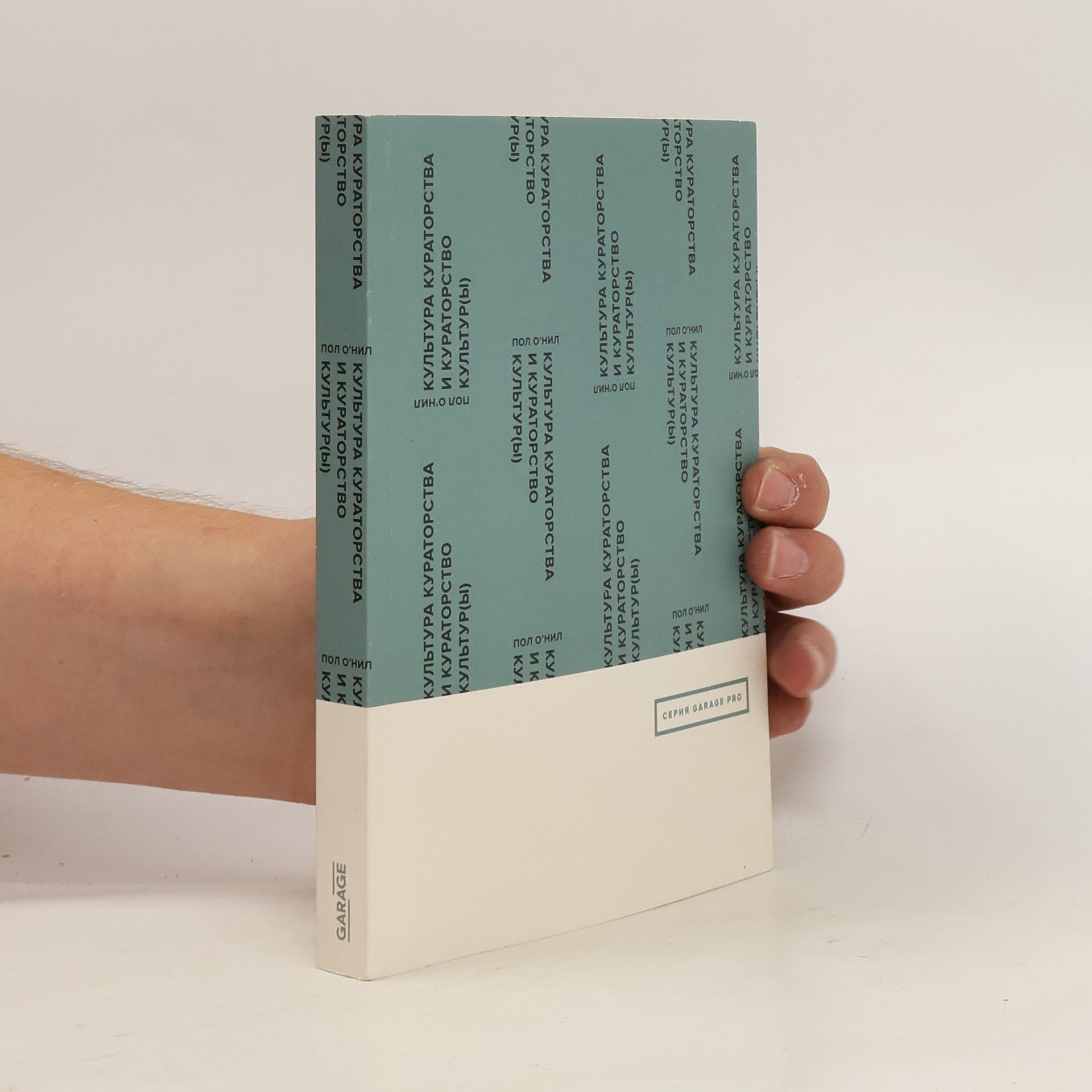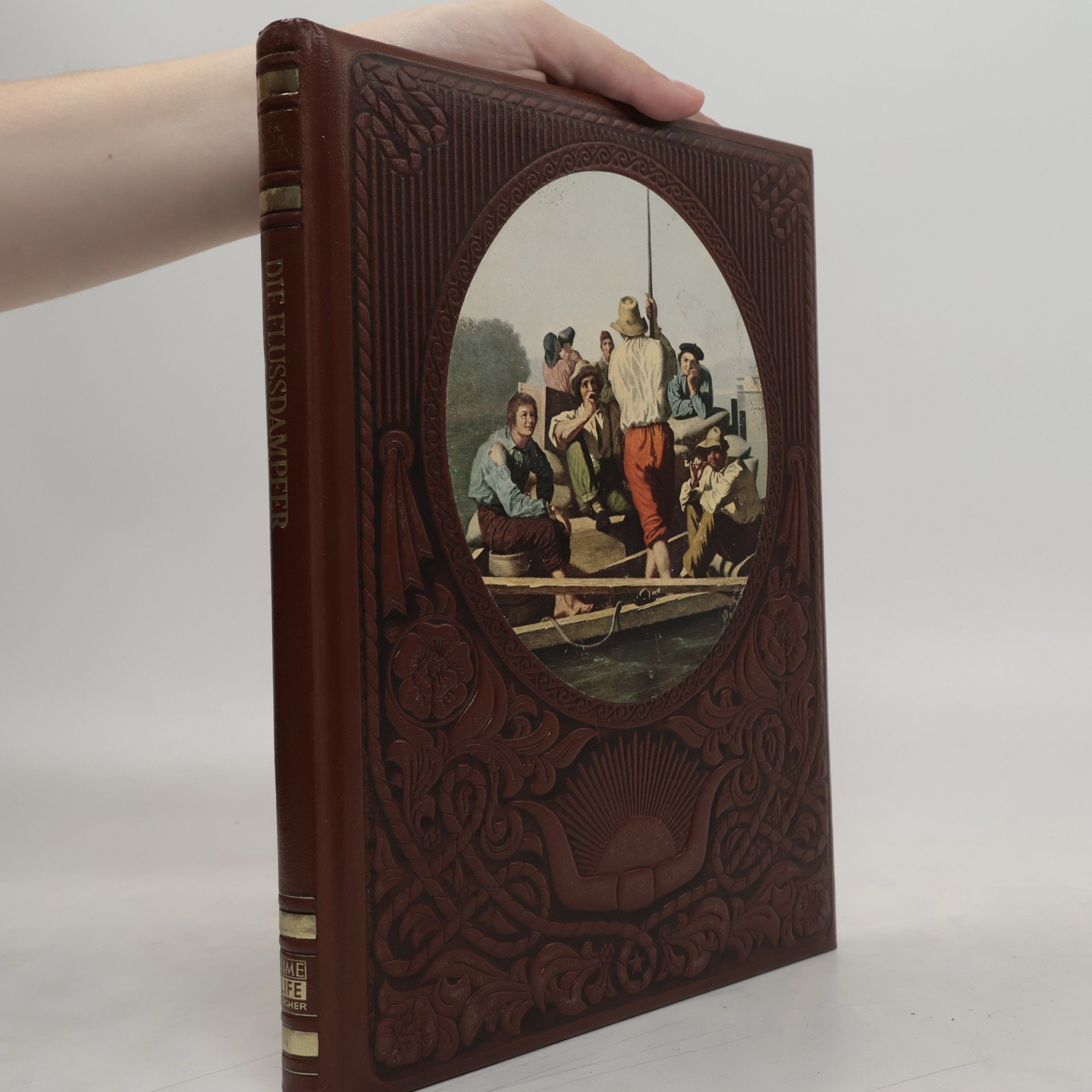Paul O'Neill Knihy


Данная книга представляет собой подробный анализ становления современного кураторского дискурса с конца 1980-х, когда, собственно говоря, независимое кураторство и возникло. На ее страницах показано, как благодаря дискурсу, в центре которого оказалась фигура куратора, произошла кардинальная смена в понимании кураторства как такового. Сегодня — и читатель в этом убедится — кураторство можно с полной уверенностью рассматривать как особую практику медиации, возникшую в результате усилий художников, кураторов и тех, кто сочетает в себе эти две ипостаси, а также кураторских коллективов, которые продолжают ставить под вопрос границы и пределы произведения искусства, изменяя наше понимание взаимодействия между различными акторами и институтами в поле культурного производства.